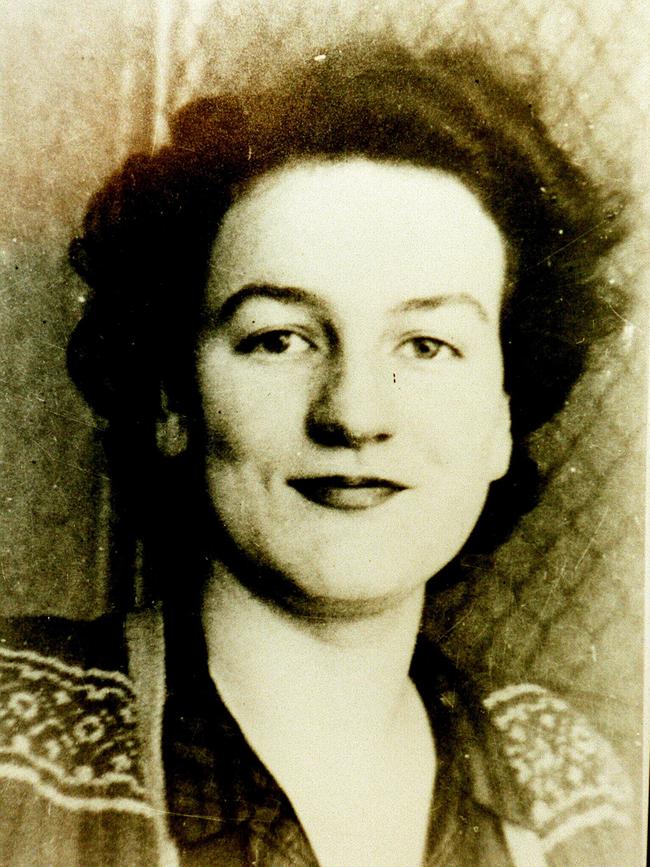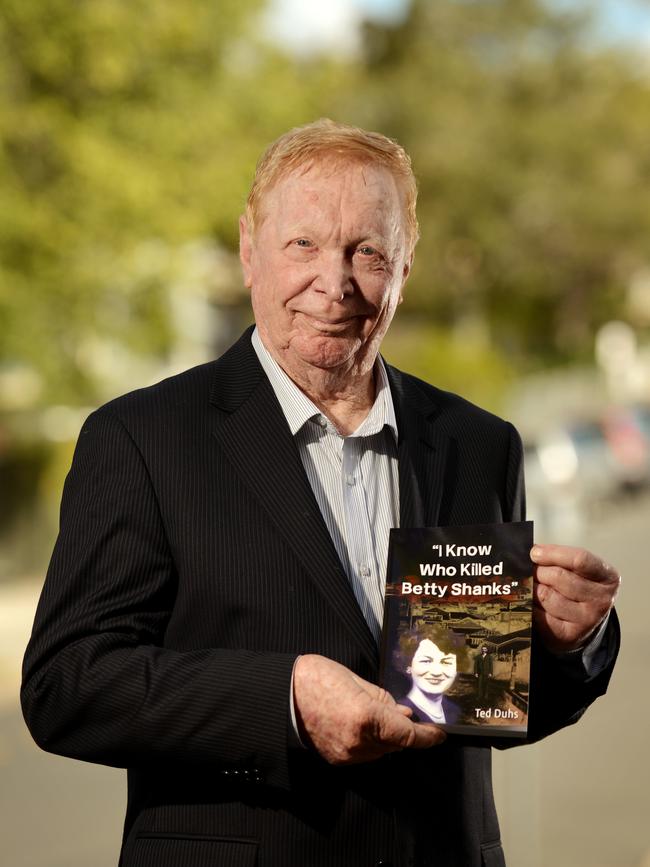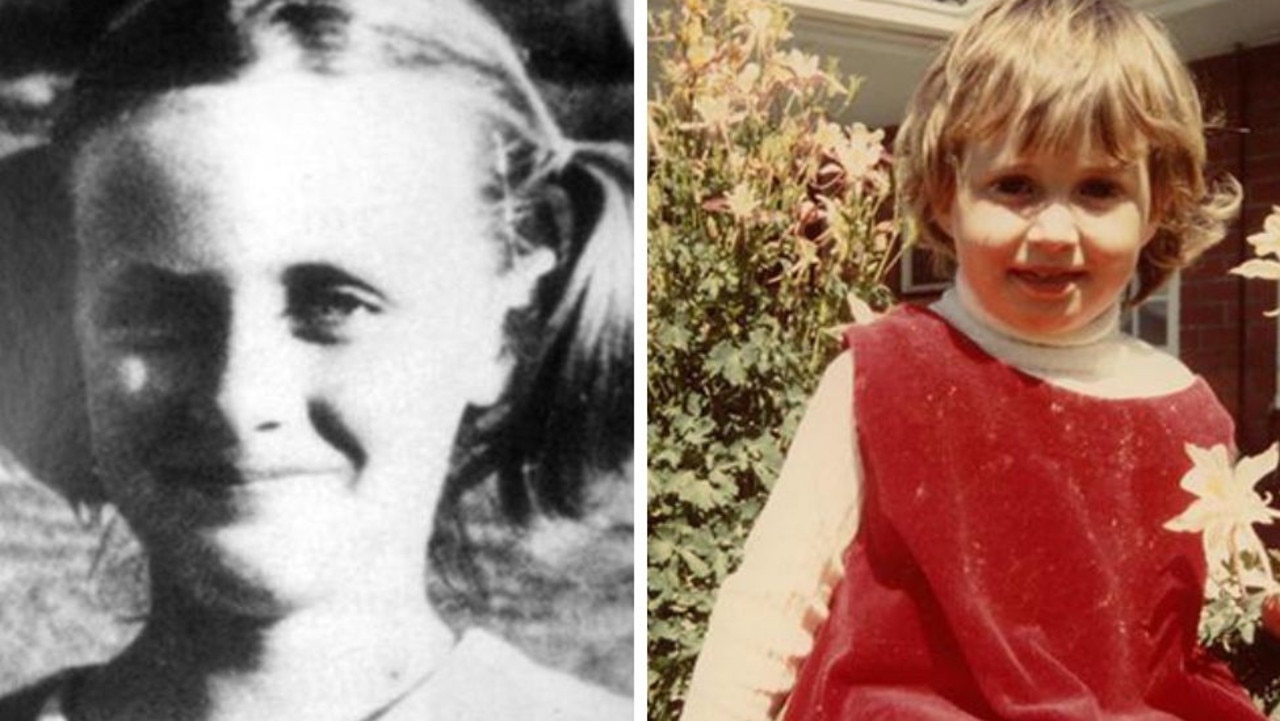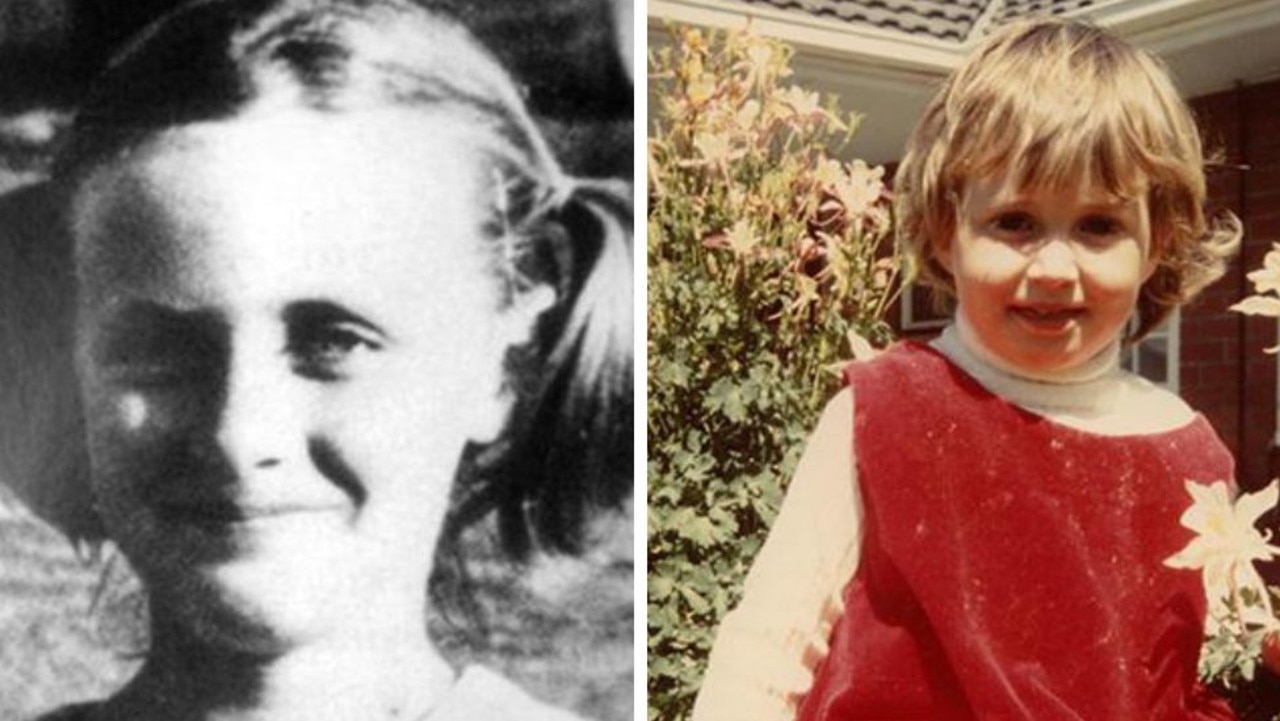Criminal profiler’s new theory about who killed Betty Shanks 70 years ago
Betty Shanks was brutally murdered, with her bloodied body found in a Brisbane garden three blocks from her home. Now, cold case investigator Mike King has a new theory about what happened.
Cold Cases
Don't miss out on the headlines from Cold Cases. Followed categories will be added to My News.
A new theory has emerged in Queensland’s longest unsolved murder case, with a man telling a renowned cold-case investigator he believes his father committed the brutal slaying.
The September 19, 1952 murder of 22-year-old Brisbane woman Betty Thomson Shanks is the oldest unsolved murder in Queensland and has been the subject of intense police, media, and public attention in the seven decades since her bloodied body was found in an inner-Brisbane garden.
Dozens of theories have been raised over the years as to the identity of her killer, but no one has ever been charged.
The case has drawn the attention of local historians, journalists, and theorists, as well as that of internationally renowned cold-case investigator Mike King, who says he has a new theory about who took Betty’s life.
In the hopes of one day finding her killer, Queensland Police are still offering a $50,000 reward for information that identifies and convicts them.

WHO WAS BETTY SHANKS?
Betty Thomson Shanks, 22, was enrolled at the University of Queensland at the time of her death, and was remembered as a lively, friendly woman.
Like many women of the time, she worked during the day to fund her university education, and worked as a public servant at the Department of Interior while studying an Arts degree with honours in psychology at night.
On the night she died, Betty was returning to the family home following a night lecture. She never made it.

THE FACTS
Betty was making her way to her home in Wilston from the Brisbane Commercial High School in the city when she was slain.
Her lecturer drove Betty and two other girls some of the way home that night, dropping them at the Lutwyche Rd tram stop in Windsor, where she boarded a tram bound for The Grange.
Betty was last seen alive exiting the tram at The Grange terminus on Days Rd at 9.32pm, just four blocks from her home on Montpelier St. She would only make it one block – between 9.38pm and 9.53pm, before she was brutally murdered in a Thomas St garden owned by a Mrs Hill.
Mrs Hill was on the sleep-out of her Queenslander home at the time of the slaying and reported hearing two screams, but no words. She never saw Betty being murdered just metres away.

Betty’s body was found kicked and beaten so badly that one of her teeth was metres from her body when it was found by an off-duty police officer and neighbour, Alex Stewart, at 5.35am the following morning.
Like Mrs Hill, Mr Stewart told investigators he heard screams the night before and looked out his window across Thomas St to investigate, but saw nothing. The yard where Betty was found was obscured from Mr Stewart’s view, despite being just metres away.
To help jog the memory of anyone who might have seen Betty that night, police even staged a re-enactment of her final movements by sending a woman dressed in similar clothes to Betty on the same route she took that fateful night.

Police at the time suspected the murderer was someone with a criminal history. Robbery was ruled out as a motive because Betty’s jewellery and bag were left behind, and despite initial theories pointing to a crazed sex maniac, Betty was not sexually assaulted.
A number of people reported seeing a man in a brown suit in the area who police long suspected was the killer, but they could never identify who that man might have been.
Betty’s murder is often thought to have shattered Brisbane’s innocence and it shocked police to the point that all officers on leave were recalled immediately.
Two books have been published and at least seven men have confessed to the crime, but Betty’s real killer has never been caught. Now, on the 70th anniversary of her murder, world-renowned criminal profiler and cold case investigator Mike King, along with journalist Tory Shepherd, have delved deep into the case, interviewing a new informant who believes he knows the identity of Betty’s killer.
Mapping Evil Season 2: Murdering Betty is available to listen to now, and you can watch an interview with Mike King about his theory in the video player above.

THE THEORIES
When police failed to apprehend Betty’s killer, community gossip went into overdrive discussing who might have been responsible. In the years since, professional cold case investigators have also offered their opinions, including Mike King, who has a new theory and suspect.
So what were these theories?

Newspapers from the days following Betty’s murder reported on a doctor who practised at a nearby surgery taking his own life. When reports of the two incidents both featured on the same newspaper front page, locals made assumptions that the doctor had taken his own life out of guilt for taking Betty’s.
Another theory suggested military workers could have been involved. An unusual patterned abrasion on Betty’s forehead found during her autopsy could have been caused by a soldier’s canvas gaiter or webbing belt, but it was also thought to have been caused by a motorcyclist’s gloves.
A theory put forward by historian Lyle Reed in his 2016 book, The Thomas St Affair, suggested Betty was knocked down by a policeman on a motorcycle. The theory goes that Betty was badly injured during the impact, but the rider – instead of helping her – dumped her body in a nearby yard.
It was suggested that the rider returned some time later to strangle Betty to death in an effort to protect their identity.
But the theory that held the most weight with theorists is that of Eric Sterry, a locksmith who had been contracted by Betty some months prior to her murder to renovate her parent’s home.

The theory was raised by Ted Duhs in his 2014 book, I Know Who Killed Betty Shanks, after he interviewed Sterry’s daughter, Desche Birtles.
She told police she had been a passenger in her father’s car one night in 1952 when he pulled over near Wilston State School, left Desche in the car with her brothers for a period of time, and later returned covered in blood. Wilston State School is opposite the yard where Betty was found dead.
Eight years later in 1960, Desche approached Fortitude Valley police and told officers that in 1952, her father, Eric, believed he was in a relationship with Betty Shanks and killed her after she rejected him. Desche said officers told her they knew her father because he had changed the locks on their cells and told her not to make accusations like that.

In the years that followed, Desche made two more attempts to tell her story but on each occasion police found reason to disbelieve her. Finally, in 2013 she told her story to Mr Duhs, who put it in print in his book.
He wrote that Desche’s father - who died in 1997 - had burnt the clothes he was wearing that night, and that she believed the marking on Betty’s head was caused by Sterry’s boots, which would also have accounted for boot polish found on Betty’s body.
No one has ever been charged with Betty’s murder and a $50,000 reward for information to catch her killer remains on the table.
And now, another theory has been put forward by world-renowned criminal profiler and cold-case investigator, Mike King, who says he was contacted by a man, known only as Ken, claiming that his father was responsible for Betty’s murder.

Mr King was contacted by a man known only as Ken after he appeared in an interview with ABC television a couple of years ago.
“I was flying home and as I got on that plane in Sydney, I never would have imagined that when I got off in Los Angeles I’d get a call saying there was someone new, but that’s what happened,” he said in an exclusive interview with The Courier-Mail.
“I got a call and this man said “my father killed Betty Shanks, and I was really quite surprised. It isn’t what you necessarily expect.”
“It must have taken great courage to come forward, I mean, this man is in his 80s now, so he has carried this secret with him his entire life and finally felt compelled to come forward with it.”

The man on the phone, referred to as a pseudonym, ‘Ken,’ told Mr King his father had been lurking in the shadows near The Grange tram terminus on the night of September 19, 1952.
Ken believes that his father, enraged by an argument with Ken’s mother that evening, took to the streets and happened upon a poor, defenceless, and unsuspecting Betty Shanks by chance.
“For Joe (Ken’s father), seeing Betty Shanks and the resemblance to my mother would have pulled that big trigger in his head, and I mean the big one, and once that big trigger was pulled he was lethal,” Ken told Mr King.
“I believe he came out of the darkness and followed her down that street and did what he did,” Ken said.
“I 100 per cent believe that.”
You can watch The Courier-Mail’s full interview with Mike King in the video player above, and to hear the evidence ‘Ken’ said proved his father was responsible, you can listen to Mike King’s new four-part podcast Mapping Evil Season 2: Murdering Betty, which explains not only this new theory, but those that have long captivated Brisbane.



